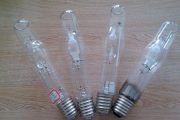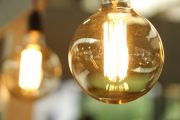Optical Design of Lamps and Fixtures Based on the Concept of Green Lighting
The Choice of Light Source
The existing metal halide lamp structure is divided into two types: single-ended metal halide lamps and double-ended metal halide lamps. Each type of metal halide lamp can be divided into two types: long arc luminous tube and short arc luminous tube, which are used in different lamps. .
Comparing the characteristics of these products, it can be found that the short-arc double-ended metal halide lamp has the following characteristics: allows the design of the lamp system to be more concise, and enables the precise optical system to have higher efficiency, good beam control ability and minimum overflow light. The ignition position is within ±5° in the horizontal direction, which helps to stabilize the performance of the metal halide lamp. However, when working, the encapsulation part of the lamp will be exposed to the air, so the temperature of the lamp must be controlled, and the color difference between the lamp and the lamp is more difficult to control.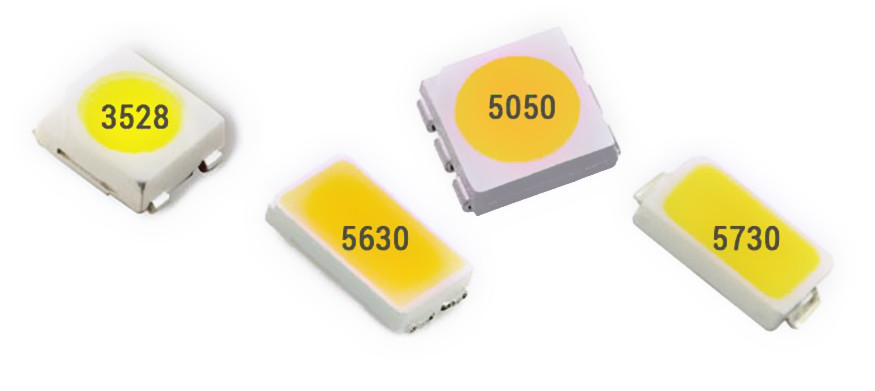
Single-ended short arc metal halide lamps also have their own advantages, especially in the control of glare, spilled light, and precise light distribution of lamps. It can also accurately control the light, provide more light distribution options, good overflow and glare control, transparent tubular outer glass bulb, and high luminous efficiency. Keep the ignition point within ±5° from the horizontal to minimize the inherent chromatic aberration of the metal halide lamp. It has high luminous efficiency during the initial and ignition life. The lamp life is longer than double-ended metal halide lamps. The color difference between lamp and lamp is easy to control.
According to the characteristics of metal halide lamps, when the lamp tube is ignited in a horizontal and vertical state, the ignition efficiency of the lamp is the highest. Generally, when the lamp is installed on a light pole or a horse track, the aiming angle of the lamp and the horizontal direction will have an included angle of about 25°-40°. At this time, the tilt coefficient of the lamps is low, and the utilization efficiency of the lamps is reduced, and more lamps must be used to achieve this lighting effect.
When using a Z-shaped light source, the Z-shaped correction of the lamp tube can make the lamp tube basically in a horizontal state, increase the tilt coefficient of the lamp, improve the utilization efficiency of the lamp, reduce the number of lamps used, and effectively save electric energy. At the same time, after adopting the Z-shaped light source, combined with the design of the luminaire, part of the spilled light originally projected into the air is re-projected into the venue through the reflection of the reflector, thereby improving the efficiency of the luminaire. The available light energy in the site is increased by about 25%, and the spilled light pollution to the surrounding environment and the glare in the site are reduced.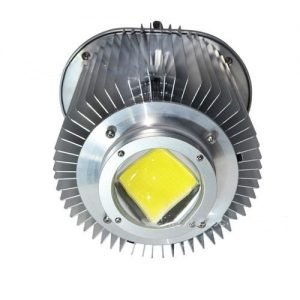
In the absence of an external glare controller, the spilled light can be reduced by about 50%. After selecting the external glare controller, the external light can be reduced by 90% to 95%.
Due to its small size and single-sided light emission, the LED light source is more suitable for the use of floodlights. The optical system of the lamp mainly adopts the lens to control the light. The optical system is compact in size and reduces the volume of the lamp. The accurate optical system enables the projection lamp to have a good beam control ability and a minimum of overflow light, and the lamp efficiency is higher.
Compared with metal halide lamps, the luminous efficiency of the lamps will not change significantly due to the different ignition positions, so the aiming direction of the lamps will not affect the luminous efficiency, thereby improving the utilization efficiency of the luminous flux of the lamps and increasing the available light energy in the venue It’s about 30%. Significantly reduce the spilled light pollution to the surrounding environment and the glare in the site. And there is no need for special external glare control devices and overflow light control devices.
Light distribution design of floodlight lamps
1) Design requirements for light distribution of floodlight lamps.
Lamps and lanterns are a general term for light source, lampshade and corresponding accessories. The main characteristics of the lighting of the luminaire include light distribution performance, luminaire efficiency and anti-glare characteristics.
To save electricity for lighting, if there is only a high-efficiency light source, but the efficiency of the lamp is low, the light distribution of the lamp is unreasonable, and the light emitted by the light source cannot be fully utilized.
Artificial light sources are generally used in fixtures. The main function of fixtures is to distribute light energy according to the needs of the scene according to certain rules, such as wide beam, medium beam, narrow beam light distribution, cosine light distribution, etc.
The light source will always lose a part of the light in the fixtures. The ratio of the luminous flux emitted by the fixtures to the luminous flux of the light source is called the fixtures light efficiency. The high light efficiency of fixtures means that the loss of light energy in the fixtures is less, and the amount of light emitted is more, which means energy saving.
The light efficiency of various fixtures varies greatly, roughly between 30% and 95%. For example, the narrow beam of the cast light is generally around 30% to 50%. In order to improve the efficiency of fixtures, in the structural design of lamps and lanterns, the absorption and shielding of light energy in fixtures should be minimized. Because the final luminous flux used varies with the efficiency and utilization factor of the lamp, only fixtures with high luminous efficiency and utilization factor can be used to make full use of the luminous flux emitted by the light source. To save electricity for lighting, great efforts should be made to improve the light efficiency of fixtures and the level of optical system design.
The choice of floodlights: if viewed from the light distribution image, it can be divided into three forms-asymmetrical, symmetrical and bidirectional asymmetrical.
From the appearance, it can be divided into:
- Round luminaires have a small beam angle and are all symmetrical projections.
- Square lamps have larger beam angles, all cast asymmetrically, and the illuminated area is larger.
Generally, the floodlight used for floodlight lighting has high power and high brightness, and it is arranged near the building, which can easily cause glare to passers-by and cause light interference to residents in surrounding buildings. Therefore, in the lighting design, the selection of equipment and the selection of equipment installation location must be fully considered, and spilled light should be minimized.
The position and projection angle of the luminaire should be reasonable, and the utilization factor of the projected lighting should be improved (the ratio of the luminous flux obtained by the illuminated surface to the luminous flux of the light source). The choice of light distribution of lamps is also the key. The International Lighting Association stipulates 7 basic light distribution curves of lamps, and some lamps only provide wide light (beam angle>60°), medium light (23°~60°), narrow light (Beam angle (11~21°).
2) High-efficiency anti-glare projection lamp optical system design method.
The optical design of lamps and lanterns is a way to use the principle of geometric optics to design the reflector and refraction lens composed of complex curved surfaces, so that the light is directed to the required lighting direction.
In the optical design of floodlight lamps, the main factor in evaluating the optical performance of lamps is the illuminance and illuminance uniformity of the illuminated plane and the vertical surface, which represents the luminous flux per unit area of the illuminated surface. There are many factors that affect the evaluation of illuminance, such as the surface characteristics of the material, the background light intensity, the reflection of the wall and even the characteristics of the human eye.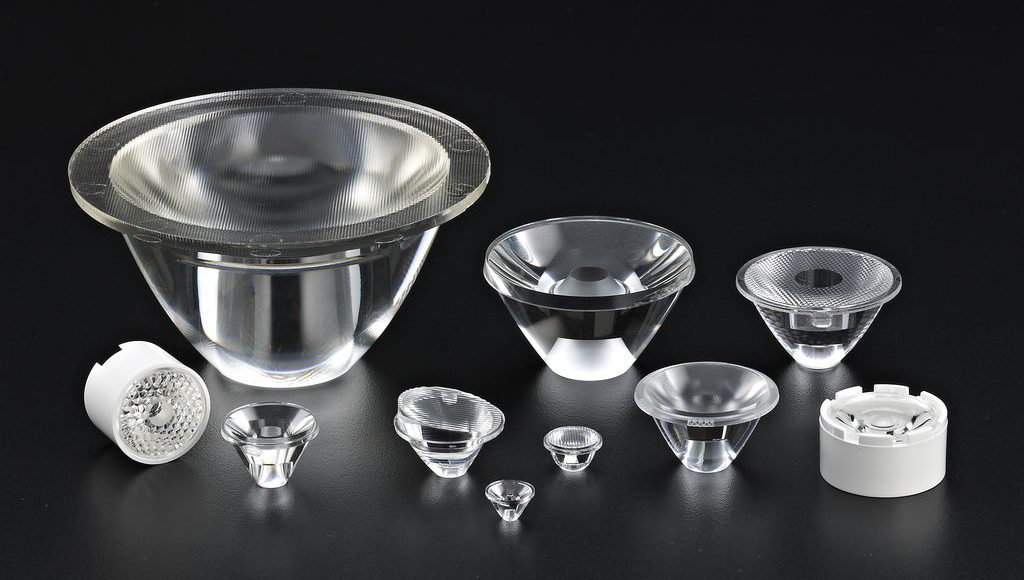
Projection lighting control mainly includes glare and spill light control and brightness ratio control. The direct glare caused by strong light hitting human eyes should be shielded. If the light source is outside 45° of the eye level, the glare is not serious. The hood can conceal the light source and avoid glare. The reflected glare caused by reflection is determined by the mutual position of the light source and the illuminated plane or the gaze surface. The way to avoid it is to adjust the mutual position so that the reflected light is outside the human visual working area.
The multi-curved reflection light distribution design method is adopted, and the reflector is composed of multiple reflective curved surfaces, which can effectively achieve glare control and brightness ratio control, and meet the requirements of floodlighting to control spilled light and improve lamp efficiency.
The reflector of the luminaire consists of many different reflectors embedded in the reflector. It is arranged at a 360° angle. The reflectors can be combined into different shapes, and small reflective surfaces with different functions are combined into sub-modules with specific light reflection functions to achieve Specific light reflection function.
With this arrangement, the control of light is more precise, which can further reduce the overflow of light and improve the efficiency of the lamp. Different combinations of reflectors can form a variety of light distribution curves.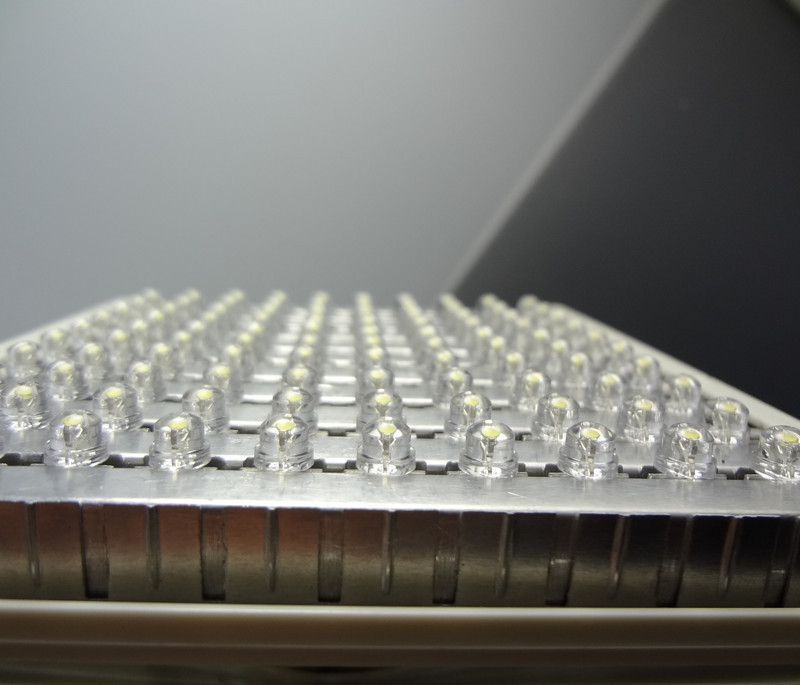
In the new development of project-light lighting fixtures, only the combined reflector sub-modules need to be combined according to the requirements, and the light distribution design of the lamps can be realized according to special requirements, so that the most suitable light distribution can be selected in the application to achieve reasonable projection and utilization of light , In order to achieve the best lighting effect. This not only speeds up the development progress of the lamp, but also facilitates the formation of a new light distribution by changing the partial reflector module, and the structure of the lamp does not need to be changed too much.
Modular design is adopted to design the omni-directional combination of reflectors and hoods with different reflection functions, which can reduce the number of internal reflections, control the projection direction and beam shape, and reduce the scattered glare, overflow and polarized light and artificial lighting originally projected on the non-illuminated area Stray light from the sky. At the same time, the lamp can be equipped with an external anti-glare controller outside the reflector to provide a comfortable, clear and natural lighting environment. The anti-glare controller must be designed according to the principle of aerodynamics to reduce the wind load on the light pole in order to save costs and reduce energy consumption.
(To Be Continued)



